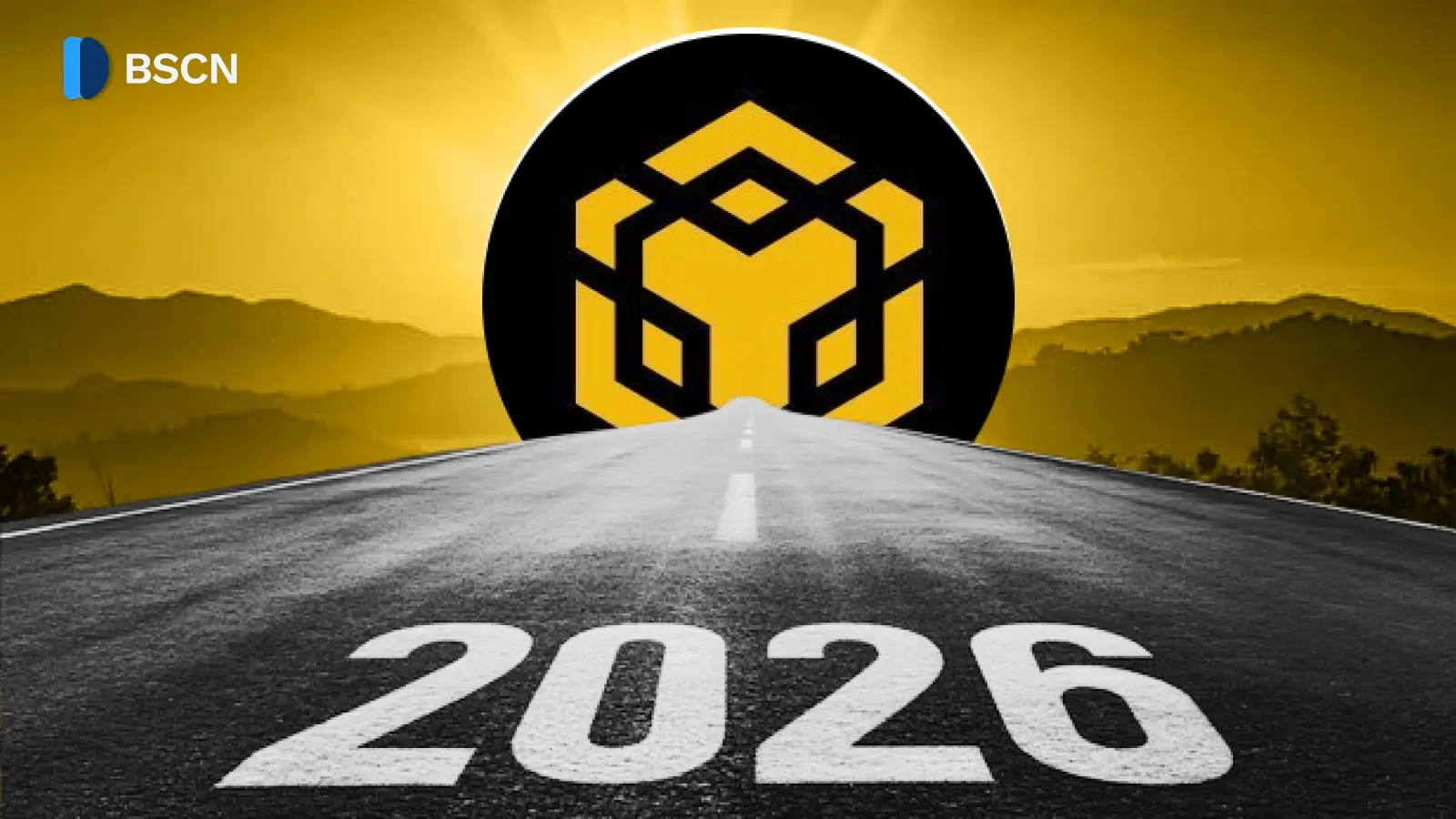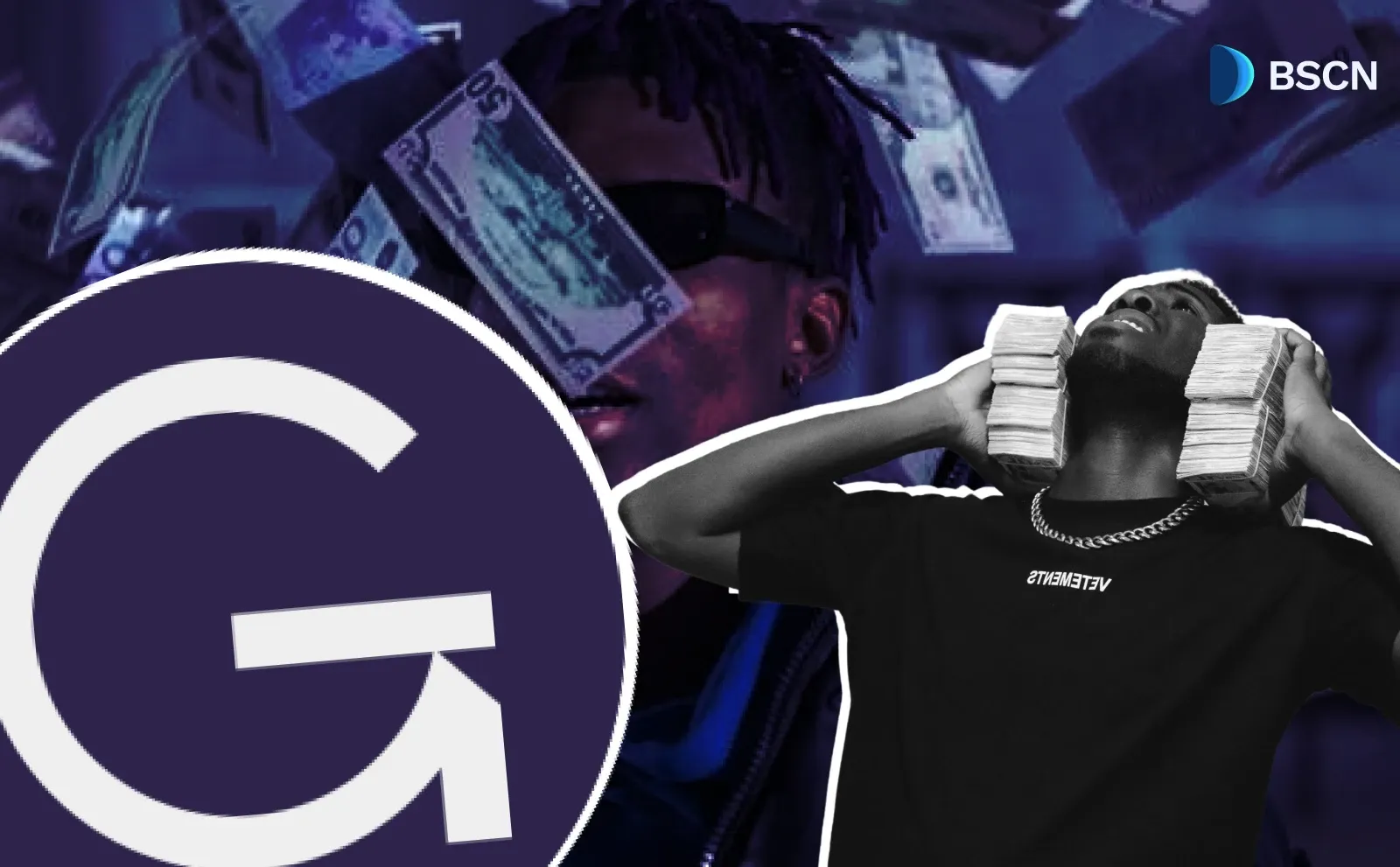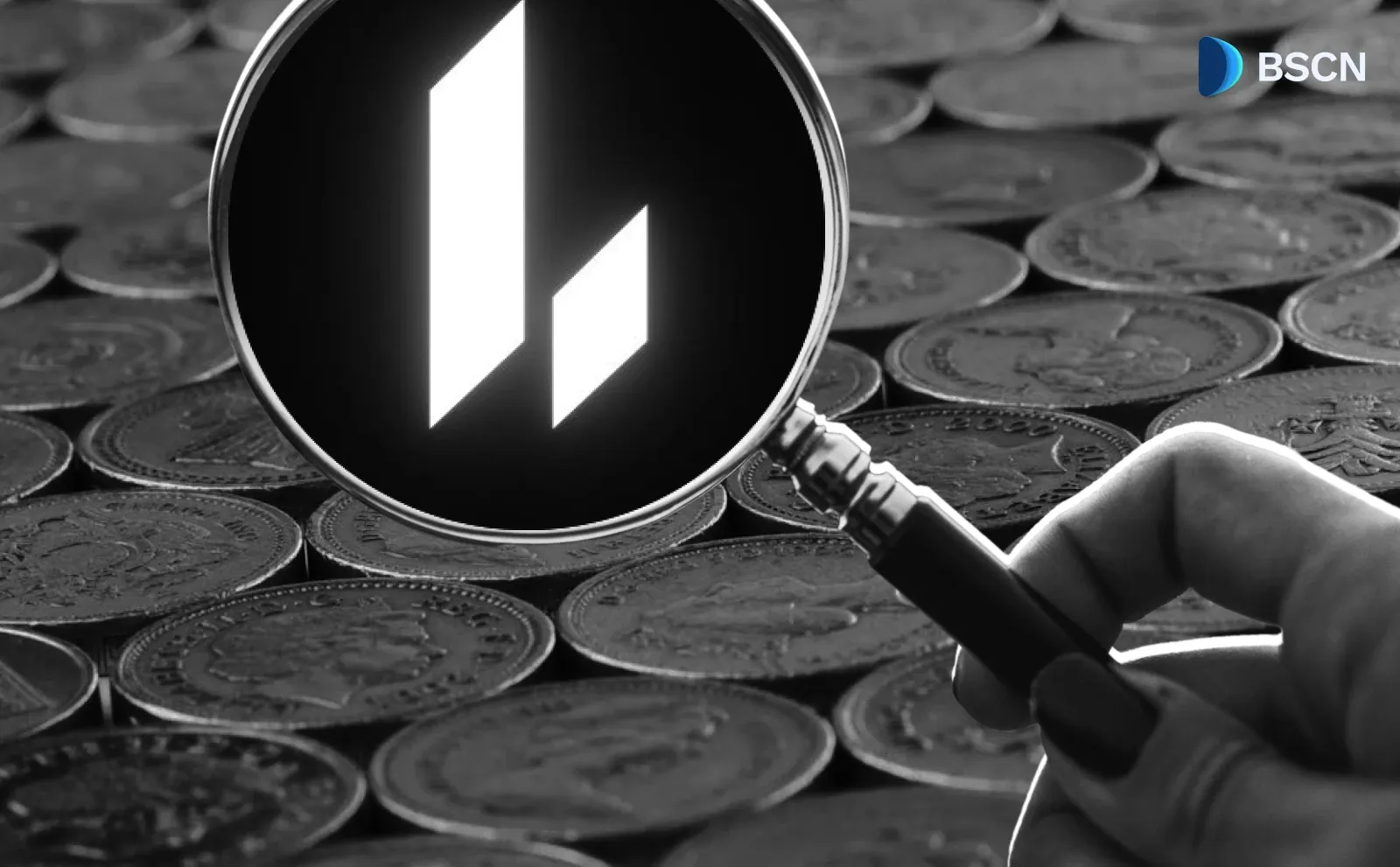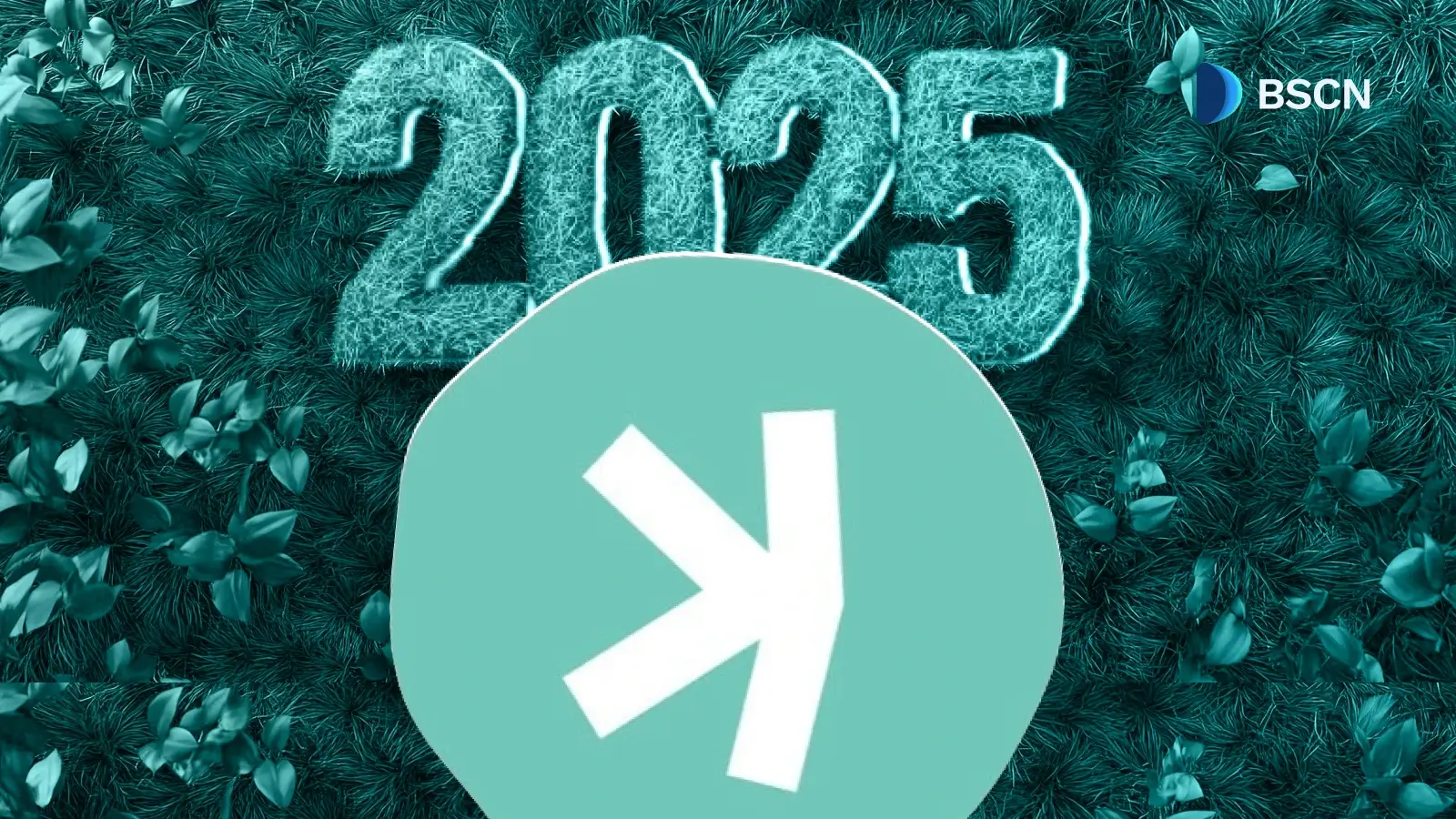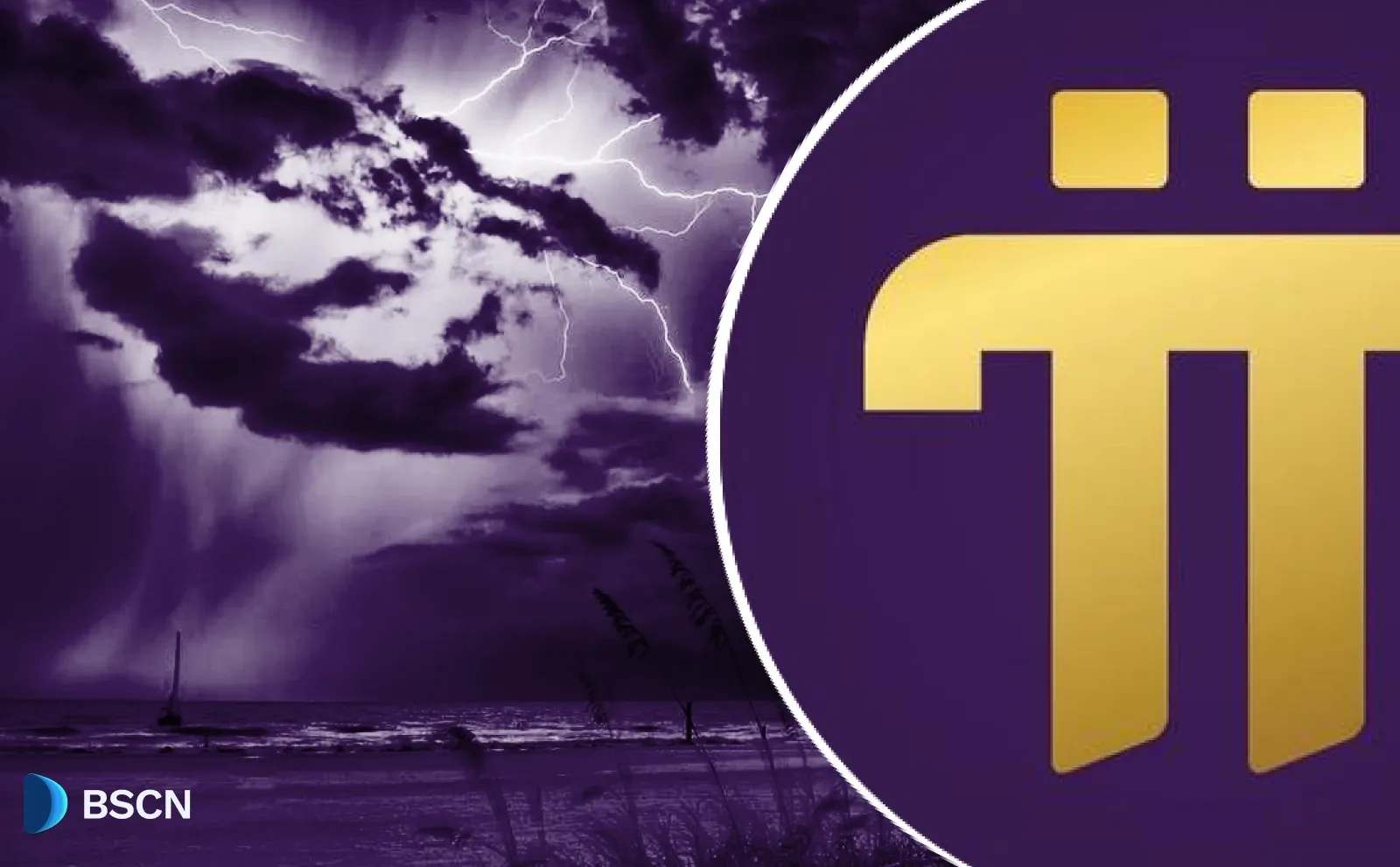News
(Advertisement)
Minswap Didn't Raise a Dime; Now It Handles Most of Cardano's DeFi

Cardano’s top decentralized exchange keeps it simple and keeps growing
BSCN
August 5, 2025
(Advertisement)
Table of Contents
Disclaimer: The views expressed in this article do not necessarily represent the views of BSCNews. The information provided in this article is for educational and informational purposes only and should not be construed as investment advice. BSCNews assumes no responsibility for any investment decisions made based on the information provided in this article.
When Cardano’s smart contracts went live in 2021, most DeFi projects turned to VC funding. Minswap went the other way. It launched without investors, distributed its MIN token through a Fair Initial Stake Offering, and pushed live code early.
That decision paid off. Minswap became Cardano’s first major DEX and remains its most used. It runs a multi-pool model, supports stablecoin liquidity, and routes trades across pools to lower slippage. Its governance token, MIN, gives holders voting rights over protocol decisions, including contract upgrades and emissions.
Today, it processes most of Cardano’s DEX volume and has three times been awarded the network’s top DeFi project. The code is public. The fees are low, and the control sits with its users.
A Fair Start, Then Quiet Progress
At launch, the first version of Minswap was simple. In 2024, the exchange rebuilt its smart contracts using Plutus V2 and the Aiken framework. The upgrade increased throughput by up to tenfold, raising swap throughput from 3 to 36 per block. Fees dropped, and congestion eased without changing the platform’s first-in, first-out execution.
The exchange also added expected features: smart order routing, limit and stop-loss orders, and tools for one-click liquidity provision. These updates made trading more flexible without shifting away from Cardano’s UTXO model.
Stableswap pools launched soon after, holding over 90% of Cardano’s stablecoin liquidity. A 30k ADA incentive helped quadruple usage. The pools now handle 8–13 swaps per block.
Later in the year, Minswap introduced Launch Bowl, a fixed-price IDO platform using pro-rata token sales. It now supports project launches alongside trading and liquidity.
Most of Cardano’s DeFi Runs Through Here
Minswap handles more daily volume than any other Cardano DEX, often more than 80% of it. Since launch, it’s processed over 7.9 billion ADA across 5.6 million trades. Its TVL sits near $87 million, more than a quarter of all DeFi on the network.
Liquidity deepened as Cardano’s stablecoins gained traction. DJED, iUSD, and USDA all feed into Minswap’s stableswap pools, which now handle the bulk of stablecoin trades. Yield programs and MIN staking keep capital on the platform; over 590 million MIN are currently staked.
Behind the scenes, the DAO treasury has grown, too. By late 2024, it held over 21 million ADA, including protocol-owned LPs that help stabilize prices and reduce exposure to short-term capital.
Governance Is Active and It Works
Minswap always prioritizes decentralization. MIN holders shape the protocol through a structured proposal and voting process, and turnout is high. In April 2025, the DAO passed MIP-01 with 98% approval, forming a legal DAO LLC in the Marshall Islands. That gave the community a compliant legal base to manage funds and contracts directly.
Token holders voted three times to lower MIN emissions, set up a treasury working group, and approved shifts in liquidity strategy. Recent proposals include a tokenomics overhaul tied to AQube and an AI tool for Catalyst voting; one passed its first vote, the other narrowly missed quorum.
Participation is strong. Most votes draw in hundreds of millions of MIN. While Cardano prepares for on-chain governance, Minswap’s already running it.
The DEX Other Projects Keep Plugging Into
Minswap’s integrations haven’t been surface-level; they’ve shaped how DeFi works on Cardano. In late 2023, it teamed up with Cardano Spot to push stablecoin education just as its stableswap pools launched and started capturing most of the network’s pegged-asset volume.
By October 2024, it was working with Atrium Labs to bring social features, staking tools, and trading access into a single interface. Atrium’s dashboard will soon integrate trades straight through Minswap.
SingularityNET followed in April. The teams are building AI-driven helpers, liquidity analytics, and exploring automated trading tools. Minswap already handles most of AGIX’s liquidity on Cardano and helped snapshot positions for governance.
Across these partnerships, one pattern is clear: when Cardano projects need liquidity rails or trading logic, they build around Minswap.
Bitcoin Liquidity Is on Deck
Cardano is preparing to bring native Bitcoin into its DeFi stack, and Minswap is in line to be the first DEX to support it. The Cardinal Protocol, announced in June 2025, will allow BTC holders to lend, stake, and trade on Cardano without giving up custody. It’s designed to move Bitcoin on-chain without wrapping it through centralized bridges.
Minswap is positioned to pick that up on day one. With nearly $87 million in TVL and the bulk of Cardano’s DEX volume, it’s the obvious entry point for BTC liquidity once the integration goes live. The team has already signaled plans to support BTC-ADA and other pairs as soon as the infrastructure is ready.
Analysts say the impact could be significant. Estimates suggest Bitcoin integration could boost Cardano’s DeFi liquidity by up to 50%. For Minswap, that would mean deeper pools, new traders, and a broader role in multi-chain DeFi, without changing how the protocol operates. Timing depends on the Cardinal rollout, but it’ll likely trade through Minswap first if BTC comes to Cardano.
What’s Next for the DEX
Minswap didn’t chase headlines. It skipped private funding, avoided early hype, and built around Cardano’s strengths and its constraints. That approach made it the chain’s most used DEX, the go-to for stablecoin swaps, and a place where governance votes actually change things.
Now it’s in a new phase. Bitcoin is coming to Cardano. Projects are integrating directly into Minswap’s rails. The DAO treasury keeps growing, and users continue to shape how it all works.
At this point, Minswap doesn’t look like a breakout story; it looks built-in. It’s steady, widely used, and tightly linked to how Cardano itself is evolving.
Read Next...
Disclaimer
Disclaimer: The views expressed in this article do not necessarily represent the views of BSCN. The information provided in this article is for educational and entertainment purposes only and should not be construed as investment advice, or advice of any kind. BSCN assumes no responsibility for any investment decisions made based on the information provided in this article. If you believe that the article should be amended, please reach out to the BSCN team by emailing [email protected].
Author
 BSCN
BSCNBSCN's dedicated writing team brings over 41 years of combined experience in cryptocurrency research and analysis. Our writers hold diverse academic qualifications spanning Physics, Mathematics, and Philosophy from leading institutions including Oxford and Cambridge. While united by their passion for cryptocurrency and blockchain technology, the team's professional backgrounds are equally diverse, including former venture capital investors, startup founders, and active traders.
(Advertisement)
Latest News
(Advertisement)
Crypto Project & Token Reviews
Project & Token Reviews
Comprehensive reviews of crypto's most interesting projects and assets
Learn about the hottest projects & tokens





